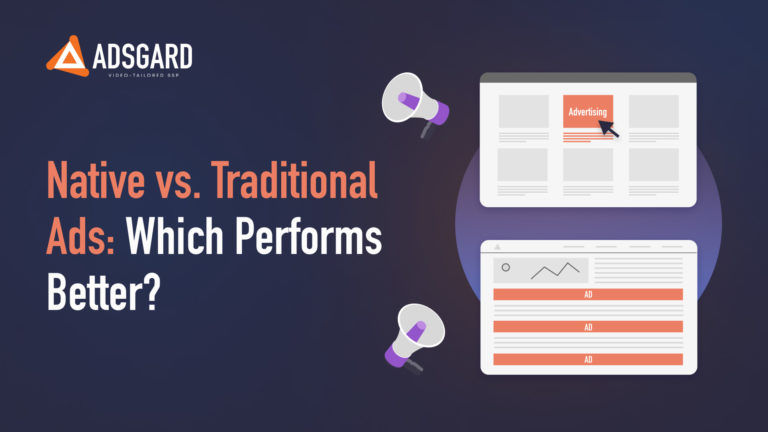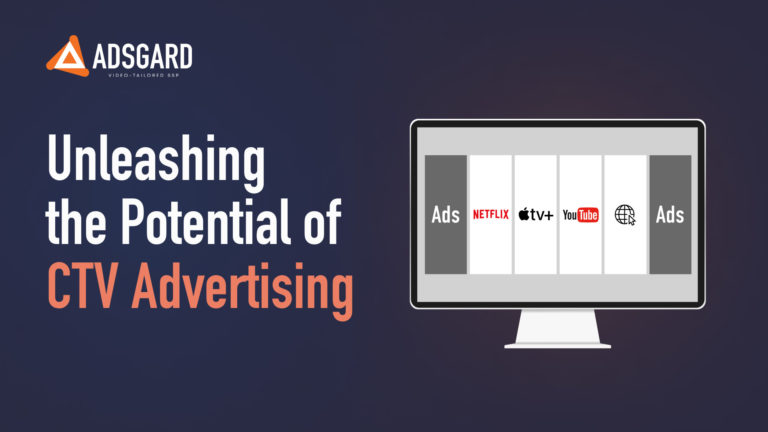
With the rise of the internet and social media, traditional television is slowly going by the wayside. It is being replaced by CTV and OTT as these have a wider range of possibilities and are more flexible in comparison to cable TV.
Against the background of cable TV stagnation, CTV and OTT segments are gaining momentum, and, according to some forecasts, by the end of 2030, they will have become the leaders in the sphere of informational and entertainment content. Let us have a look at the differences between CTV and OTT and the benefits they bring to marketers and advertisers.
CTV and OTT – what they are
CTV and OTT are relatively new directions in advertising, and the wider public is not familiar with them yet. The differences between the platforms are not evident if you are not an expert, which is why we decided to make a comparative outline of the two platforms.
So, what is CTV? CTV stands for Connected TV, which means connected streaming devices, e.g. Apple TV, Roku, or Chromecast, whereas OTT (over-the-top) is the term used for such media services as Netflix, Amazon Prime, Disney Plus, etc.
CTV and OTT – the difference
Audience engagement/possibility to skip:
- CTV: the ads are not clickable, which makes them less attractive;
- OTT: the ads are less engaging as there is the possibility to skip them.
Thus, CTV advertising has a distinct advantage over OTT in terms of audience engagement. However, the OTT commercials are clickable, which gives the advertisers the chance to attract potential customers to their websites and reach high conversion rates.
Audience reach:
- CTV: can only reach the audience with CTV devices;
- OTT: can reach the audience using desktop computers, laptops, and smartphones.
In contrast to CTV advertising, which is only shown in the course of content viewing on CTV devices, OTT covers a greater array of people watching content on laptops and mobile gadgets.
Advertising costs:
- CTV: costs somewhat higher than OTV advertising, however, the rates are much lower than in other TV advertising formats;
- OTT: the advertising is cheaper than CTV and other major types of television advertisements.
Both types of advertising can be considered affordable when compared to the rates paid for cable and linear TV advertising. Moreover, OTT offers less expensive options for web page viewing on mobile devices and personal computers. In general, OTT advertising is less costly than CTV.
Targeting and analysis:
- CTV: offers the advertisers more options for targeting, analysis, and audience measurement;
- OTT: also offers tools for digital marketing and measurement, however, with lower precision and more frequent ad frauds.
CTV offers more targeting opportunities by offering the advertisers the option of advanced targeting, dynamic ad insertions, and exhaustive analysis and audience measurement. OTT advertising tends to balance its less advanced targeting and measurement capabilities with lower costs and wider audience coverage.
Conclusion
CTV and OTT are very similar and directly interrelated, however, there is a number of significant differences. CTV advertising is only demonstrated on TVs connected to the internet, whereas OTT ads are displayed both on large screens and on mobile phones and tablets.
CTV and OTT commercials can serve as powerful tool that provides advertisers with previously unknown functions of targeting and audience reach.



